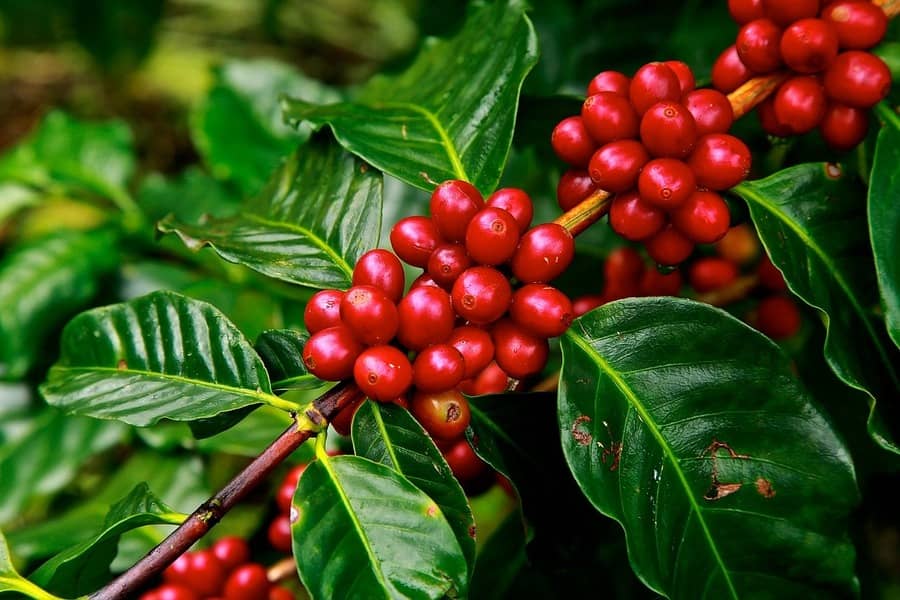The physical domestic coffee market takes advantage of the gains in NY and continues the bullish movement. Good cup in the south of Minas Gerais is trading at over BRL 900 per bag, changing hands in the first days of December at BRL 960 to BRL 970 per bag, being very close to the BRL 1,000 per bag expected by growers. The coffee market took advantage of global financial volatility and production fears due to adverse weather in Brazil to expand the grower’s window of opportunity. The fact is that even after a brief correction, bids are around BRL 930 per bag, which is equivalent to USD 190 per bag, so remaining above the 5-year deflated average price for the month of December (BRL 903) and in a region favorable to sellers.
For growers, it is a good time to dilute sales positions, both in the physicals and, especially, the future crop. The price idea for forward commitments with the 2024 crop rose to a range between BRL 940 and BRL 950 per bag for delivery and payment in September 2024. Appreciation of more than BRL 100 per bag compared to early October. Furthermore, signs of inconsistency for more distant maturities and short-term volatility on ICE US call into question the gains on ICE US and open space for new corrections in the upward curve abroad, especially after the confirmation of an improvement in the climate in Brazil.
The fact is that the external uptrend raised the price appraisal in advance (physical locking of future sales) above the average reference, which for good cups in the south of Minas is around BRL 872 per bag for September – where the largest volume of delivery of forward negotiations is concentrated. Two points draw attention here. Firstly, the market has become inverted again, with a negative spread between the Mar/24 and May/24 contracts on ICE US. A sign of expectation that the short term is very inflated as well as of an improvement in future supply. Another point to highlight is that the exchange ratio with fertilizers has improved significantly this year, which should have a negative impact on costs, helping to mitigate the effect of the decline in coffee prices on the growers’ margin.
Even the grower’s argument for not selling at this time of year, due to tax issues, is not useful either for negotiations in advance, since it is just a price appraisal, with the financial settlement of the business taking place at the start of the next crop in 2024. Therefore, growers should remain attentive to opportunities, adopting a strategy of gradual arrangement of financial results, seeking to reduce exposure at the start of the crop.
Fine cups also moved above the deflated average reference, moving into a region favorable to sales. The short stance of growers, who hold the best coffees for sale further ahead, betting on the off-season, helps to reinforce the upward movement. The fact is that the purchase differential for fine cups continues to be valued on FOB Santos, which favors this upward dynamic for this coffee description in the physical market. This behavior also applies to Brazilian cherries (semi-washed). However, better progress in the supply of milds from Colombia and other origins in Central America could negatively impact the export price of Brazilian fine coffees. The progress of the off-season should serve as a counterpoint to the losses abroad.
Rio coffee in the Matas de Minas region is approaching the level of BRL 900, following the external momentum and the good performance of group 1 arabica. Rio cup is also supported by demand from the local industry. The reduction in the difference between the price of weaker arabica and the price of conillon favors this internal movement of the industry toward arabica.
Conillon is now rising again, finding support in greater external interest. The difference paid for Brazilian conillon has increased to +3 cents against London converted into cents/lb. The delay in the harvest and the downward revision of the Vietnam crop have attracted external interest in Brazilian conillon, which made the domestic industry react, favoring an increase in prices paid to growers. The growers themselves have changed their behavior and, before being more interested in sales, they began to adopt a more rhythmic stance in their sales flow. The result was that Espírito Santo’s conillon once again approached the level of BRL 700 and resumed its positive trajectory, once again increasing the difference above the deflated average reference, which reinforces the good moment for sellers.

